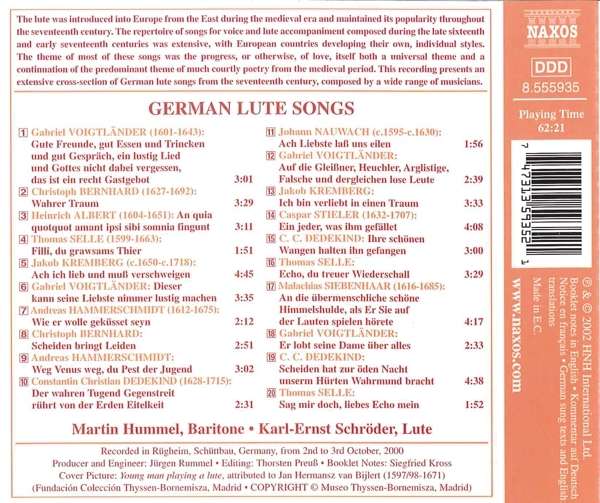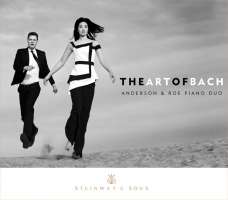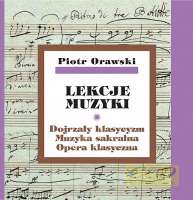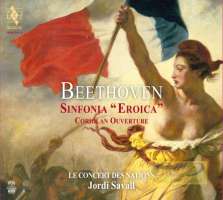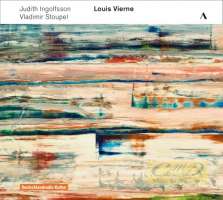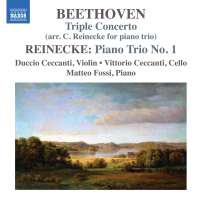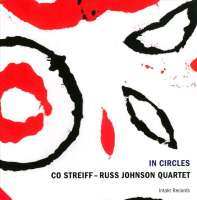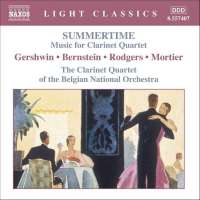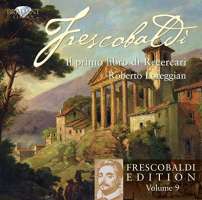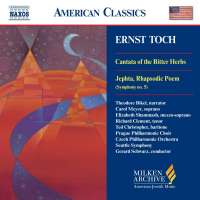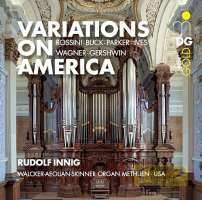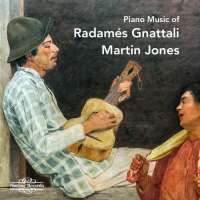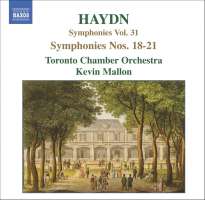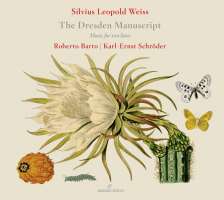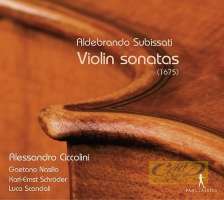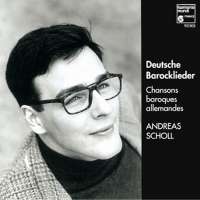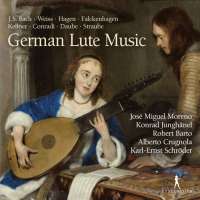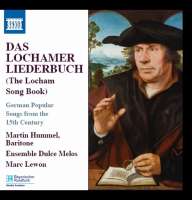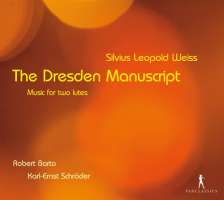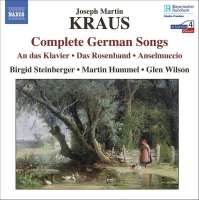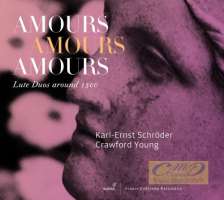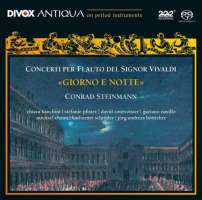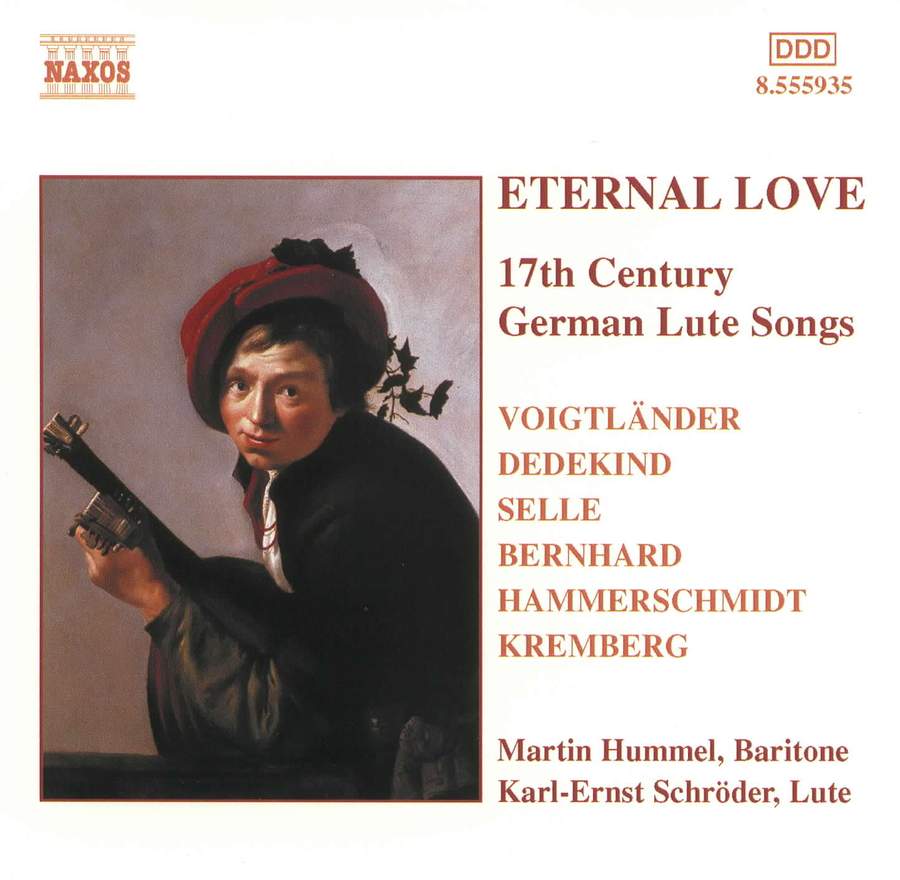
tytuł
ETERNAL LOVE
wykonawcy
Schröder, Karl-Ernst;
Hummel, Martin
Hummel, Martin
nr katalogowy
8.555935
opis
About the year 1600 three developments in German musical life came together, the special liking of German musicians for the lighter form of Italian madrigal, the villanella, which replaced the principle of equality of voices in a polyphonic texture in favour of allowing prominence to one voice, with the melody clearly at the top, and the principle, derived from Italian dramatic music, of an expressive single melodic line in monody accompanied by basso continuo. Both these combine with the German tradition of the dance-song. The musical conditions were present for the rise of a new form as, in accordance with the literary theory of Martin Opitz (Von der deutschen Poeterey, 1624), German verse and word accentuation should agree. • With amazing speed composers seized on the new stylistic possibilities and developed a characteristic form that in a very short time led to an astonishing blossoming of the new song form. This found support, however, among the urban middle class rather than at the hitherto dominant courts, especially through students in university towns. An outstanding figure in the earlier period of song composition was the Leipzig Thomaskantor Johann Hermann Schein, who nevertheless took as his model the Italian villanella and who wrote many of his own texts, with his collections of polyphonic songs coming before the Opitz metric reform. Another early centre of song composition was Nuremberg, where Hans Christoph Haiden and Johann Staden were influenced by older German dance song.
nośnik
CD
gatunek
Muzyka klasyczna
producent
Naxos
data wydania
15-07-2002
EAN / kod kreskowy
747313593521

(Produkt nie został jeszcze oceniony)
cena 58,00 zł
lubProdukt dostępny.
Wysyłka w ciągu 3 dni roboczych
Darmowa wysyłka dla zamówień powyżej 300 zł!
Darmowy kurier dla zamówień powyżej 500 zł!
sprawdź koszty wysyłki